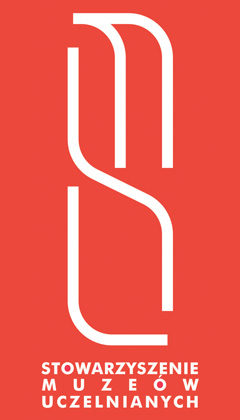Museum of Forensic Medicine
ul. Jana Mikulicza Radeckiego 4
50-345 Wrocław
Tel. 717841458
Faks: 717840095
https://www.umw.edu.pl/pl/jednostki/katedra-medycyny-sadowej
Visitors from outside the entity will not be admitted. Group visits should be booked in advance by telephone after obtaining the consent of the director. Appointments will be arranged on an individual basis.
Director of the Department of Forensic Medicine: Prof. Tomasz Jurek
Custodian: Jędrzej Siuta MD, Prof. Tadeusz Dobosz,
The Museum of Forensic Medicine functions within the medical university’s Department of Forensic Medicine. It is the continuator of the collections and traditions of the former Museum of Forensic Medicine of the German Department of Forensic Medicine which functioned in the same location until the end of the Second World War. The museum was
probably established in 1887 within the Leopoldina University in Breslau and was initially called the ‛Gerichtsärtzliches Institut D. KCL. Universität Breslau’. Later the name was changed to ‛Institut für gerichtliche Medizin und Naturwissenschaftliche Kryminalistik’ and most of the museum’s artefacts date from that time (c 1908–1945). The consecutive German custodians of the entity were: Prof. Adolf Lesser, Prof. Georg Puppe, Prof. Ernst Ziemke, Prof. Georg Strassman, Prof. Karl Reuter and Prof. Gerhard Buhtz. Prof. Berthold Mueller, who was elected the last custodian of the museum but did not manage to take up office. Fortunately, despite significant damage to the city during the war, which also involved the former institute building (which remained the seat of the Department of Forensic Medicine), the museum’s facilities were not destroyed, therefore the exhibits found after the war were in very good condition. Unfortunately, most of the pre-war exhibits were lost as a result of being taken out of the city to be hidden – and they have not been found to this day. The first Polish director of the Department of Forensic Medicine was Prof. Bolesław Popielski, who remained in the post until 1977. In the 1950s objects found in Ząbkowice, most probably remaining after the Berlin Museum of Traumatology was evacuated during the bombing of Berlin, were added to the Wrocław collections. After the war additional exhibits were added to the collection thanks to the work and commitment of the department’s staff. In recent years many exhibits which had previously belonged to the Department of Forensic Medicine of the Jagiellonian University’s Collegium Medicum were also added to the museum’s possessions. The museum still operates within the Department of Forensic Medicine, which has been headed, in turn, by: Prof. Bolesław Popielski, Prof. Julian Kornobis and Prof. Barbara Świątek; currently it is headed by Prof. Tomasz Jurek. The collections comprise a large number of wet preparations, i.e. human body parts preserved in fixative solutions. It also houses body parts preserved as a result of natural post-mortem processes, such as mummification or transformation of fats into adipocere, and human bones. The collection also includes a large number of objects related to crime and medical activities, such as e.g. tools used in the perpetration of crimes against human life or health, or against sexual freedom and decency, hangman’s nooses, objects retrieved in exhumations, home-made firearms, historical dissection tools or objects related to burial ceremonies. Currently, the museum is being transferred to another, larger location, only approx. 30 metres from its current one. The new seat will additionally house a historical dissecting room, and the exhibition will be enhanced, among other things, by modern multimedia elements such as a hologram of a post-mortem or historic photographs displayed on monitors. The museum should be fully transferred by the end of 2020; the contact details will remain unchanged in the foreseeable future.



